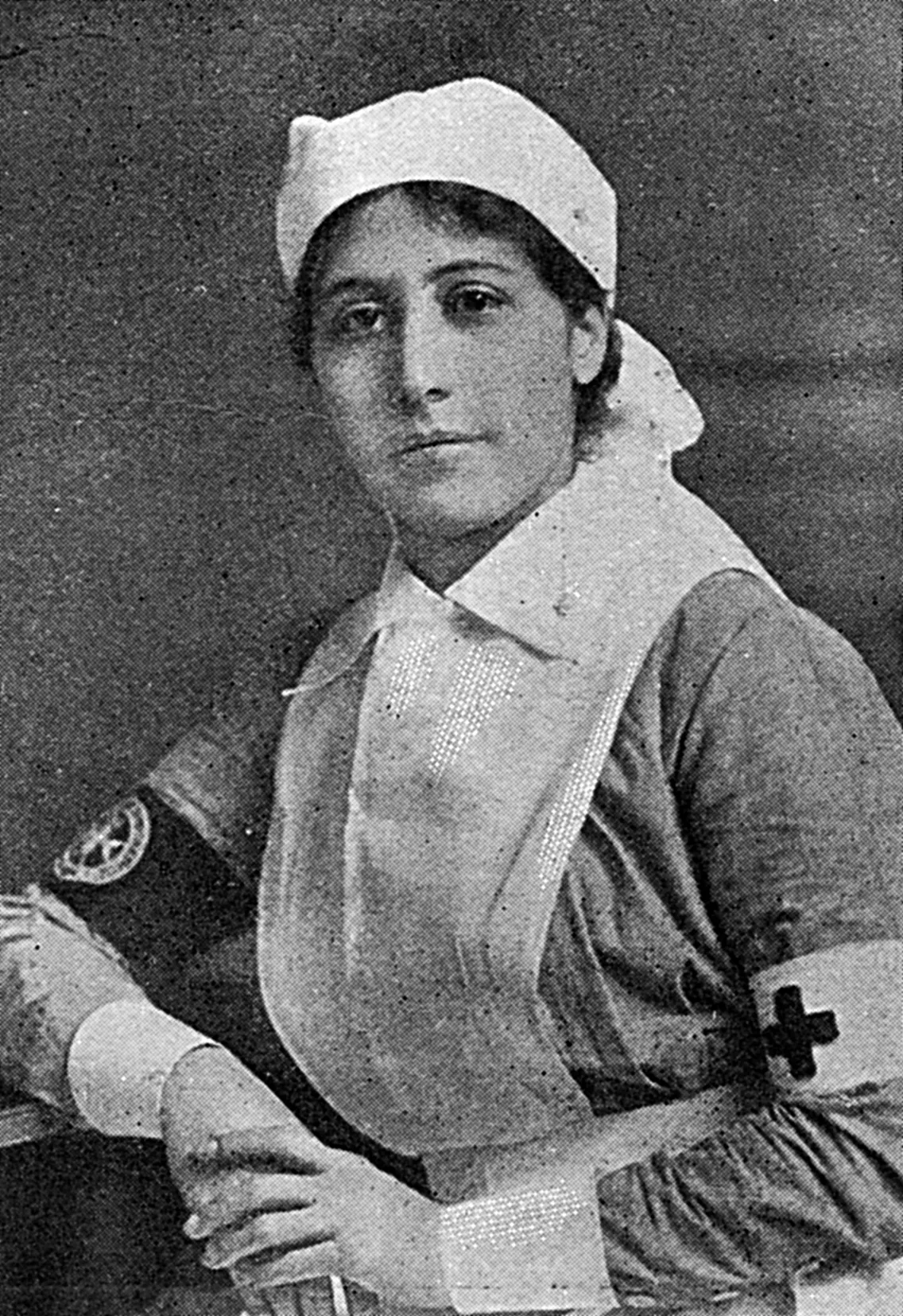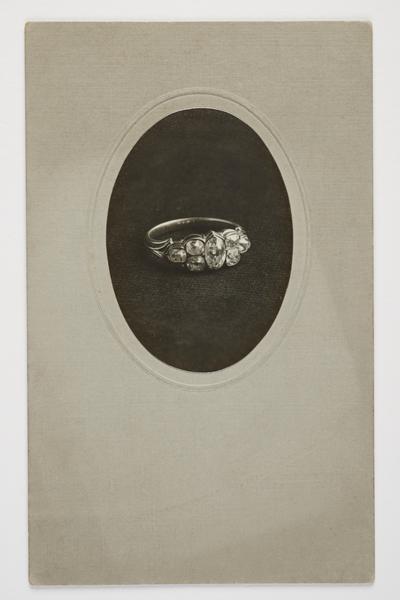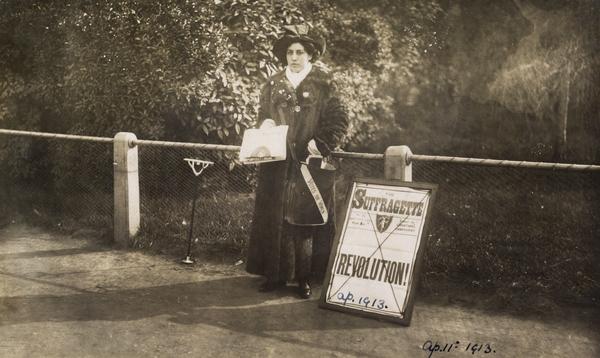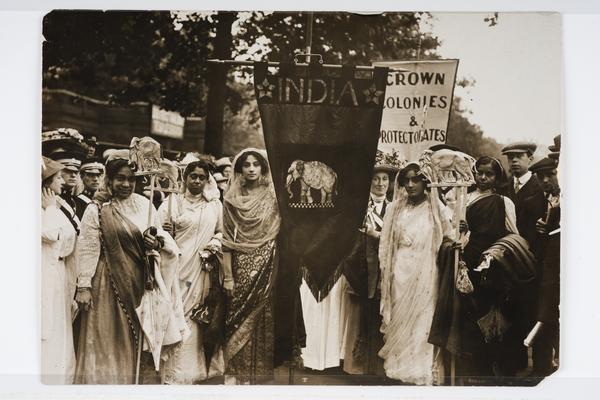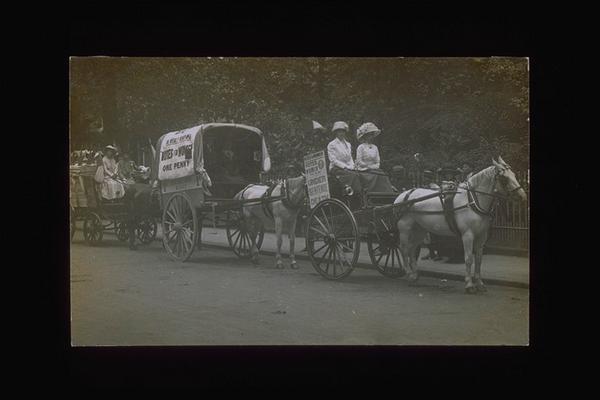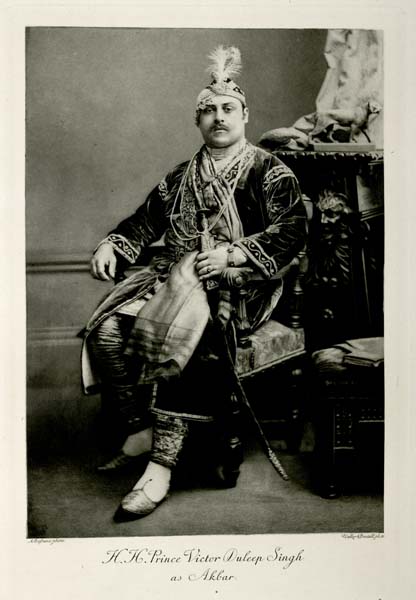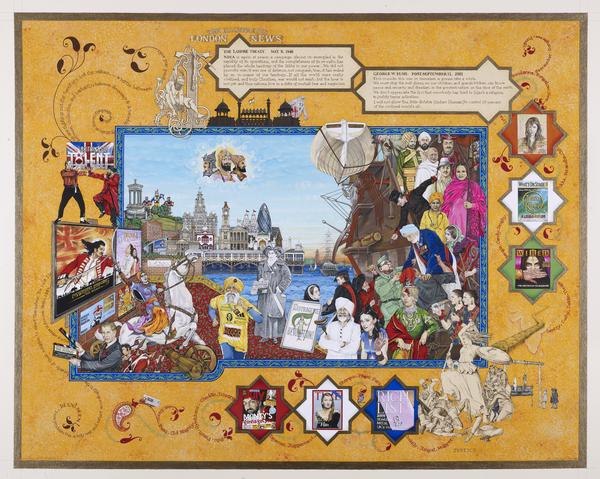Sophia Duleep Singh: The Suffragette princess
Sophia Duleep Singh was more than a Punjabi princess. As a Suffragette, she campaigned for women’s right to vote in Britain, and refused to pay tax as a protest.
Hampton Court
1876–1948
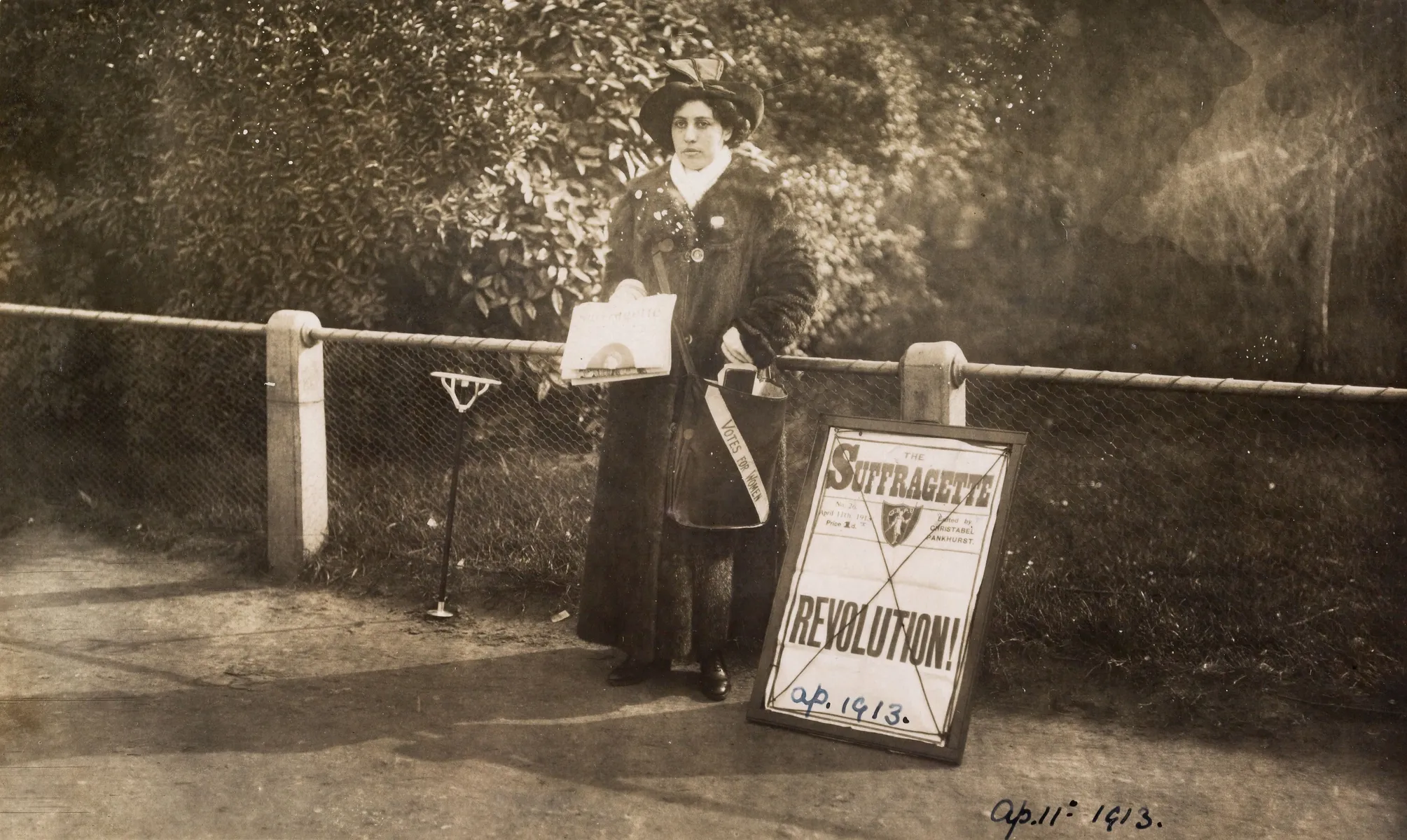
Sophia Duleep Singh selling Suffragette newspapers outside Hampton Court.
Queen’s Victoria’s goddaughter the militant campaigner
Born in England into an exiled royal family from Lahore with a connection to Queen Victoria, Princess Sophia Duleep Singh dedicated her life to causes and campaigns.
She supported people of Indian heritage in Britain. And she became a Suffragette, working with the Women’s Social and Political Union (WSPU) to take on the British government and win women their vote.
There’s a common misconception that the votes for women movement was made up of white and middle-class campaigners. In reality, it attracted women from many backgrounds, social classes and nationalities. Today, historians are focusing on Suffragettes from across that spectrum – including Sophia Duleep Singh – giving them the attention they deserve.
Sophia Duleep Singh’s start in life
Princess Sophia Alexandra Duleep Singh was born in 1876, and spent her early years in Elveden in the east of England. She was the goddaughter of Queen Victoria, and grew up surrounded by the British aristocracy, with many of the privileges that you might expect.
This royal connection was down to her father, who had been the maharajah of Lahore, in modern-day Pakistan. In 1849, aged 10, he was forced to surrender his Punjab kingdom to the British empire and hand over the enormous Koh-i-Noor diamond to Queen Victoria. The stolen diamond was displayed like a trophy at the 1851 Great Exhibition in Hyde Park. Despite the theft, the maharajah developed a respectful relationship with Victoria after moving to England.
By 1887, Sophia Duleep Singh’s father had abandoned the family and her mother had passed away. The princess and her siblings were put in the care of the Oliphant family, guardians chosen by Victoria.
After moving to Brighton, Duleep Singh spent four years at a nearby girls' school, then finished her education on a six-month tour with her sisters, staying in Holland, Germany, Greece, Italy and Egypt.
“She became determined to change the world for the better”
Moving to London, finding her calling
When the princess was 20, Queen Victoria gave the princess an allowance and a free apartment at Faraday House, Hampton Court in south-west London.
Duleep Singh was interested in photography, fashion and her pet dogs. But a trip to the Punjab, where she saw a growing appetite for independence from the British empire, transformed her views. She became determined to change the world for the better.
Helping Indians in Britain
The princess used her wealth and connections to support people of Indian heritage who lived and worked in Britain, and were less fortunate than herself.
She formed close ties with London’s Indian community and regularly visited the Sikh temple at Shepherd’s Bush. She attended functions organised by the India Office and supported the Indian Women’s Education Association. And she helped set up the Lascars Club in east London, which supported South Asian sailors – known as Lascars – after they arrived into London’s docks.
After the First World War began in 1914, the princess helped the Red Cross raise money for Indian soldiers fighting for the British empire, and even nursed soldiers who had been injured.
“Duleep Singh… was often seen selling The Suffragette newspaper outside Hampton Court palace”
Fighting for the vote as a Suffragette
Between 1906 and 1914, the WSPU led a militant campaign demanding that the government give women their right to vote in elections. The WSPU’s supporters were known as Suffragettes, and its famous leaders included Emmeline and Christabel Pankhurst. Facing government resistance, the group staged marches, heckled politicians and destroyed property.

A Suffragette procession, 1911.
After meeting the Suffragette Una Dugdale, Sophia Duleep Singh joined them. Her sister Catherine also campaigned for women’s vote, but as part of the non-militant National Union of Women's Suffrage Societies.
Sophia Duleep Singh spoke regularly at branch meetings of the Richmond WSPU, and was often seen selling The Suffragette newspaper outside Hampton Court palace. A postcard in our collection shows her in action.
In November 1910, she was one of the women who led the notorious Black Friday march to the House of Commons which resulted in a violent clash with the police.

Duleep Singh's diamond ring was confiscated after she refused to pay tax.
The Tax Resistance League
Sophia Duleep Singh was also a member of the Tax Resistance League, another part of the votes for women movement.
Formed in 1909, this group used a different tactic – refusing to pay tax. As they saw it: why should they pay tax to this government when they couldn’t choose who represented them in Parliament?
The princess was fined twice in 1911 for not paying tax.
Across two separate occasions in 1911, a pearl necklace, gold bangle and diamond ring were seized from her. There are two of the confiscation warrants in our collection.
The items were sold at auctions, but were bought by members of the Tax Resistance League and returned to her. The group used the auctions to raise awareness of their campaign, organising demonstrations around the event.
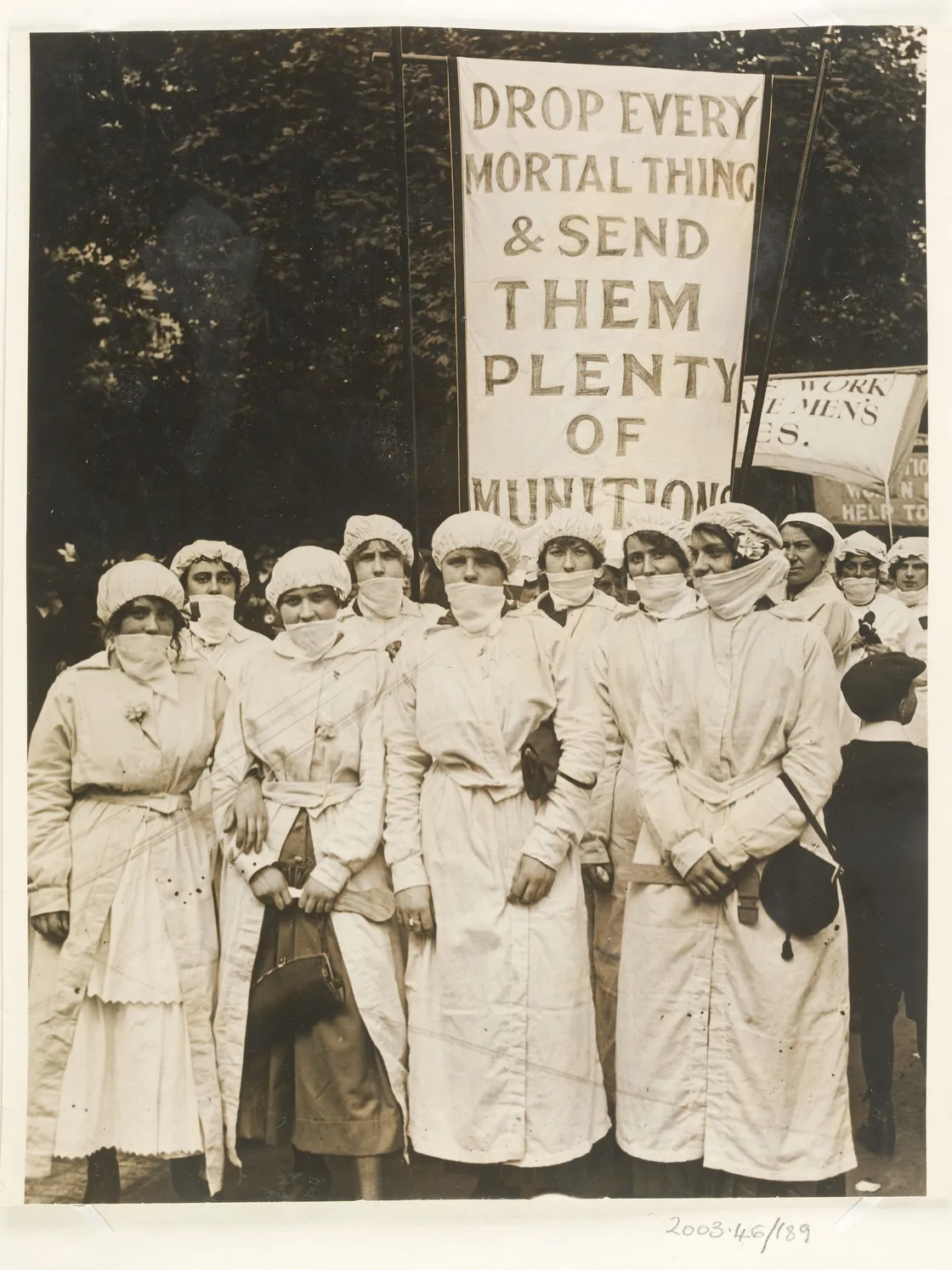
The Women's War Work Procession in 1915.
After the Suffragettes’ campaign
In 1914, the First World War began. The WSPU stopped their campaign, instead encouraging women to do work which would support the British war effort.
Sophia Duleep Singh remained loyal to Emmeline and Christabel Pankhurst, taking part in their Women's War Work Procession in 1915.
She died of natural causes on 22 August 1948, aged 71. There is a blue plaque dedicated to her outside her old house at Hampton Court, and her name appears underneath the statue of votes for women campaigner Millicent Fawcett in Parliament Square.


